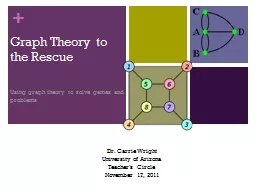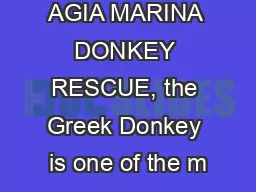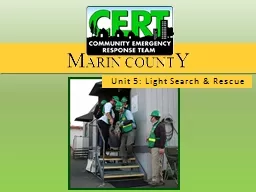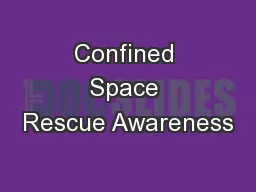PPT-Graph Theory to the Rescue
Author : cheryl-pisano | Published Date : 2016-05-14
Using graph theory to solve games and problems Dr Carrie Wright University of Arizona Teachers Circle November 17 2011 BRIDGES OF KONIGSBERG In Konigsberg East Prussia
Presentation Embed Code
Download Presentation
Download Presentation The PPT/PDF document "Graph Theory to the Rescue" is the property of its rightful owner. Permission is granted to download and print the materials on this website for personal, non-commercial use only, and to display it on your personal computer provided you do not modify the materials and that you retain all copyright notices contained in the materials. By downloading content from our website, you accept the terms of this agreement.
Graph Theory to the Rescue: Transcript
Download Rules Of Document
"Graph Theory to the Rescue"The content belongs to its owner. You may download and print it for personal use, without modification, and keep all copyright notices. By downloading, you agree to these terms.
Related Documents














